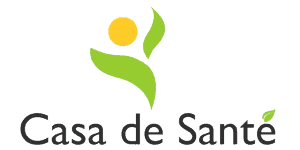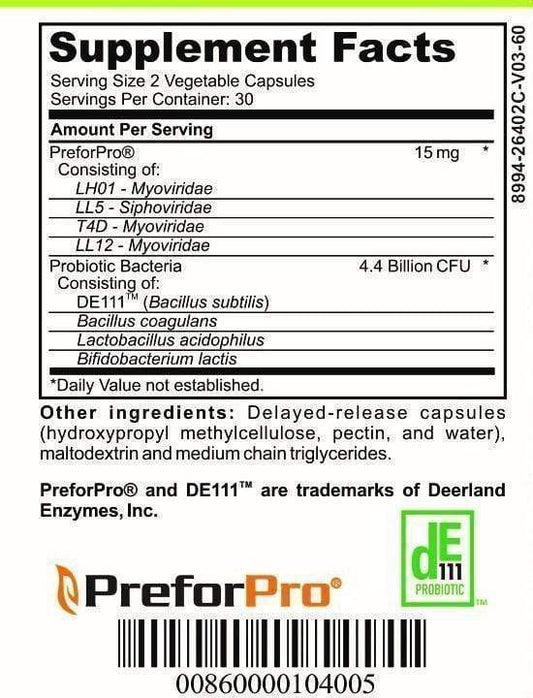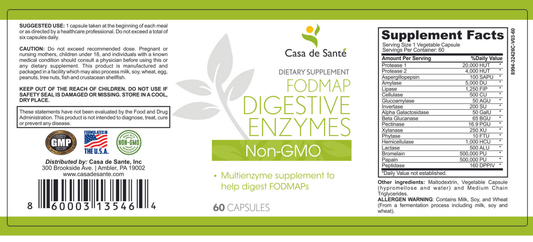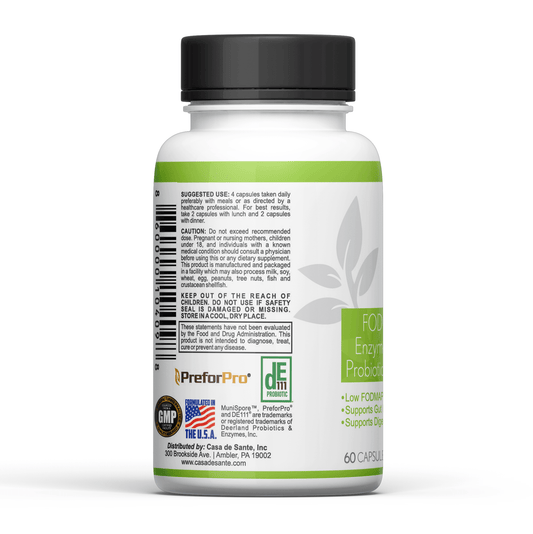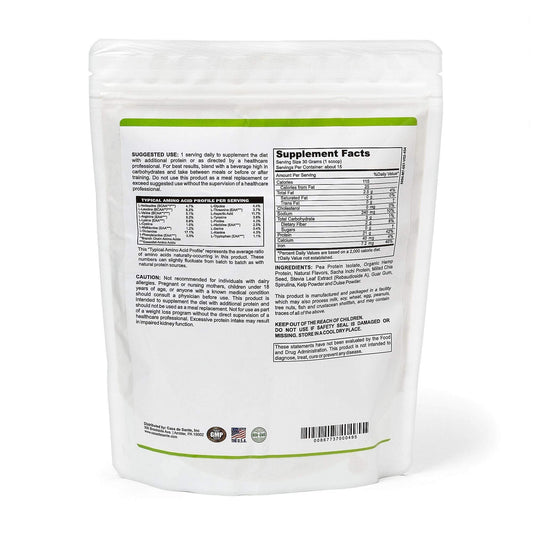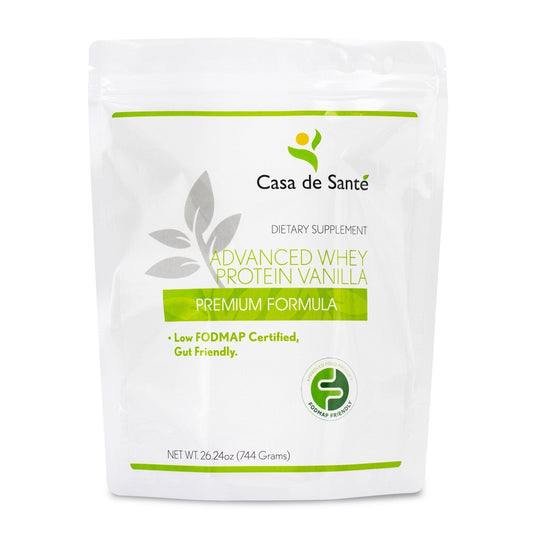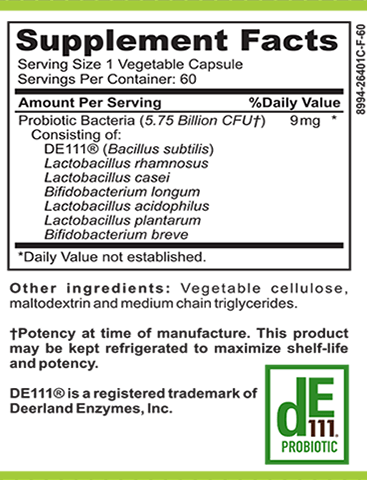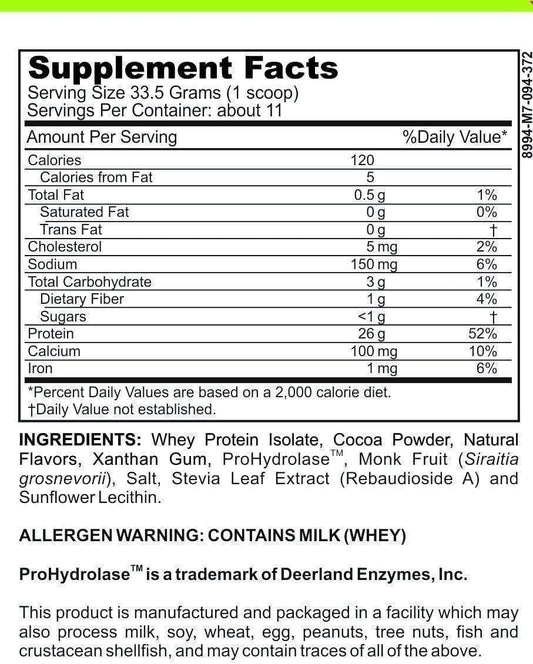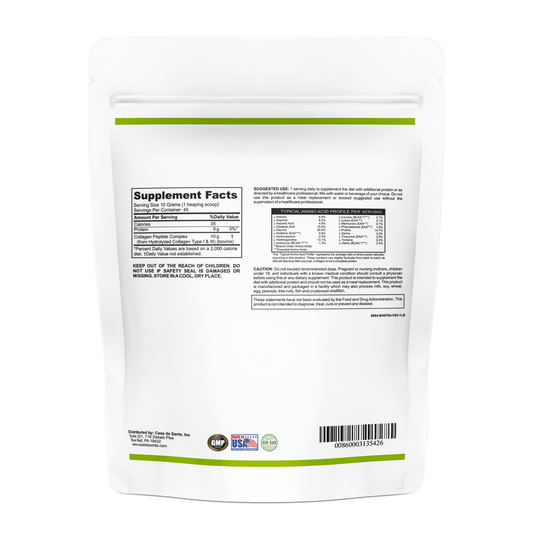Holiday Gluten and Dairy-Free Pavlova
Pavlova is a classic dessert that is perfect for holiday celebrations. However, for those following gluten and dairy-free diets, finding a suitable recipe can be a challenge. Luckily, with the right ingredients and techniques, you can create a delicious gluten and dairy-free pavlova that everyone can enjoy. In this article, we will explore the ins and outs of gluten and dairy-free diets, discuss the health benefits, debunk common misconceptions, and provide you with a step-by-step guide to making a perfect pavlova base. We will also offer tips for serving and storing your pavlova, so you can enjoy this delightful dessert throughout the holiday season and beyond.
Understanding Gluten and Dairy-Free Diets
Gluten and dairy-free diets have gained popularity in recent years due to various health reasons and dietary restrictions. Gluten, a protein found in wheat, barley, and rye, can cause digestive issues and other symptoms in individuals with gluten sensitivity or celiac disease. Similarly, lactose, a sugar found in dairy products, can be difficult for some people to digest, leading to discomfort and bloating. By eliminating gluten and dairy from their diets, individuals can alleviate these symptoms and maintain a healthy lifestyle.
When it comes to gluten, it is important to note that sensitivity to this protein can vary among individuals. Some may experience mild symptoms such as bloating or fatigue, while others may have more severe reactions that can affect their daily lives. Celiac disease, an autoimmune disorder triggered by gluten consumption, can cause damage to the small intestine and lead to nutrient deficiencies if left untreated. Therefore, for those with gluten sensitivity or celiac disease, following a gluten-free diet is crucial for their overall well-being.
Similarly, lactose intolerance affects a significant portion of the population. This condition occurs when the body lacks the enzyme lactase, which is necessary to break down lactose. Without lactase, consuming dairy products can result in uncomfortable symptoms such as gas, diarrhea, and abdominal pain. By avoiding dairy, individuals with lactose intolerance can prevent these symptoms and enjoy a more comfortable digestive experience.
Health Benefits of Gluten and Dairy-Free Diets
Aside from managing specific health conditions, gluten and dairy-free diets offer several benefits. One of the primary advantages is better digestion. By removing gluten and dairy, individuals with sensitivities or intolerances can experience relief from symptoms such as bloating, gas, and stomach pain. This improvement in digestion can lead to increased comfort and overall well-being.
In addition to digestive benefits, gluten and dairy-free diets may also reduce inflammation in the body. Inflammation is a natural response by the immune system to protect against injury or infection. However, chronic inflammation can contribute to various health problems, including autoimmune diseases, heart disease, and certain cancers. By eliminating gluten and dairy, which can trigger inflammation in some individuals, a person can potentially reduce their overall inflammation levels and promote better long-term health.
Moreover, following a gluten and dairy-free lifestyle can support healthy weight management. Many gluten-containing foods, such as bread, pasta, and baked goods, are often high in calories and low in nutritional value. By replacing these items with gluten-free alternatives, individuals can make healthier choices and potentially achieve or maintain a healthy weight. Additionally, dairy products can be a significant source of saturated fat, which is linked to an increased risk of heart disease. By opting for dairy-free alternatives, individuals can reduce their saturated fat intake and promote heart health.
Furthermore, it is worth mentioning that many people report clearer skin when following a gluten and dairy-free diet. While the relationship between diet and skin health is complex and can vary among individuals, some studies suggest that certain components in gluten and dairy may contribute to skin issues such as acne and eczema. By eliminating these potential triggers, individuals may experience improvements in their skin's appearance and overall complexion.
Common Misconceptions About Gluten and Dairy-Free Diets
It is important to address common misconceptions surrounding gluten and dairy-free diets. One misconception is that these diets lack flavor and variety. However, with the wide availability of gluten-free flours and dairy substitutes, it is easier than ever to create delicious and satisfying dishes. From gluten-free pizza crusts to dairy-free ice creams, there are numerous options to satisfy cravings and enjoy a diverse range of flavors. Additionally, exploring new ingredients and cooking techniques can open up a world of culinary possibilities, making the gluten and dairy-free diet an exciting and flavorful journey.
Another misconception is that gluten and dairy-free products are expensive. While some specialty items may be pricier, a gluten and dairy-free diet can be as affordable as any other when based on whole, unprocessed foods. Fruits, vegetables, legumes, nuts, and seeds are naturally gluten and dairy-free, and they form the foundation of a nutritious and budget-friendly diet. By focusing on these wholesome ingredients and incorporating them into meals, individuals can enjoy the benefits of a gluten and dairy-free lifestyle without breaking the bank.
In conclusion, understanding gluten and dairy-free diets involves recognizing the impact of these dietary restrictions on individuals' health and well-being. By eliminating gluten and dairy, individuals with sensitivities or intolerances can experience relief from digestive symptoms, reduce inflammation, support healthy weight management, and potentially improve their skin's appearance. It is important to address misconceptions surrounding these diets, emphasizing that they can be flavorful and affordable when based on whole, unprocessed foods. Whether motivated by health concerns or personal preference, embracing a gluten and dairy-free lifestyle can lead to a more vibrant and fulfilling life.
Ingredients for Gluten and Dairy-Free Pavlova
Before diving into the recipe, it is crucial to gather the right ingredients for a successful gluten and dairy-free pavlova. The key elements include a gluten-free flour blend, such as almond or rice flour, as well as dairy substitutes for whipped cream, such as coconut or almond cream. These ingredients can be easily found in most grocery stores or purchased online.
Choosing the Right Gluten-Free Flour
When selecting a gluten-free flour for your pavlova, it is essential to choose a blend that mimics the texture and properties of wheat flour. Almond flour is a popular choice as it adds a delicate nutty flavor to the pavlova base. Rice flour, on the other hand, provides a lighter and crispier texture. Consider experimenting with different blends to find the one that suits your taste preferences.
Dairy Substitutes for Pavlova
To replace traditional whipped cream, there are several dairy substitutes available that work wonderfully in a pavlova recipe. Coconut cream is a rich and creamy option, while almond cream offers a lighter alternative. Both can be whipped to perfection and provide the desired texture and taste for your pavlova. You can also explore other dairy-free options such as soy or oat cream, depending on your dietary preferences.
Step-by-Step Guide to Making Gluten and Dairy-Free Pavlova
Now that you have gathered the necessary ingredients, it's time to create a gluten and dairy-free pavlova that will impress your guests. Follow this step-by-step guide for a foolproof pavlova base:
Preparing Your Ingredients
Start by preheating your oven to the recommended temperature. While it warms up, separate the egg whites from the yolks, ensuring that no traces of yolk remain as it can inhibit the egg whites from whipping properly. Once separated, allow the egg whites to come to room temperature, as this will help create a more stable meringue mixture.
Baking the Perfect Pavlova Base
Begin the meringue-making process by beating the egg whites in a clean, dry bowl until soft peaks form. Gradually add the gluten-free flour blend and sugar, continuing to beat until stiff peaks form. Fold in any additional flavorings, such as vanilla extract or lemon zest. Line a baking sheet with parchment paper and carefully spoon the meringue mixture onto it, forming a circle or desired shape. Create a shallow well in the center to hold the toppings. Bake the pavlova in the preheated oven for the recommended time, until it is crisp on the outside and slightly soft on the inside.
Assembling Your Pavlova
Once your pavlova base has cooled, it is ready for assembly. Gently transfer it to a serving plate or cake stand. Fill the well in the center with your chosen dairy-free whipped cream substitute, spreading it to the edges. Top with an assortment of fresh, seasonal fruits, such as berries, kiwi, or pomegranate seeds. Add a drizzle of honey or a sprinkle of shredded coconut for an extra touch of sweetness and texture. Your gluten and dairy-free pavlova is now complete and ready to be enjoyed!
Tips for Serving Gluten and Dairy-Free Pavlova
Now that your pavlova is beautifully assembled, it's time to enhance the presentation and elevate the dining experience:
Presentation Ideas for Your Pavlova
Consider garnishing your pavlova with fresh mint leaves or edible flowers for a touch of elegance. Dusting the top with a light sprinkle of cocoa powder can add a subtle richness to the dessert. To create individual servings, you can also divide the pavlova base into smaller meringue nests and fill them with the dairy-free whipped cream and fruit.
Pairing Your Pavlova with Other Gluten and Dairy-Free Dishes
Pavlova is a versatile dessert that pairs well with a variety of other gluten and dairy-free dishes. For a complete holiday meal, consider serving your pavlova alongside dairy-free ice cream, sorbet, or a fruit compote. The light and airy texture of the pavlova pairs beautifully with the smooth creaminess of a dairy-free ice cream, creating a delightful combination of flavors and textures.
Storing and Reheating Your Gluten and Dairy-Free Pavlova
Leftover pavlova can be stored for a short period, allowing you to enjoy this delightful dessert for several days:
Best Practices for Storing Leftover Pavlova
Store your pavlova in an airtight container or cover it tightly with plastic wrap to prevent it from absorbing moisture and becoming soggy. Keep it at room temperature or in a cool, dry place. Be aware that the longer the pavlova sits, the more it will soften, so it is best to consume it within a day or two of preparation. If you have assembled your pavlova with toppings, store any leftover fruit and cream separately to maintain freshness.
How to Reheat Your Pavlova Without Losing Its Texture
If you find that your pavlova has become slightly soft after storing, you can crisp it up again by placing it in a preheated oven for a brief period. Be cautious not to overheat it, as it may cause the pavlova to brown or burn. Remove the pavlova from the oven once it has reached the desired level of crispness and allow it to cool before serving. This simple reheating process will help revive the texture and ensure that each bite is as delicious as the first.
Now armed with knowledge about gluten and dairy-free diets, the necessary ingredients, and a step-by-step guide, you can confidently prepare a holiday gluten and dairy-free pavlova that will delight your loved ones. Remember to experiment with different flavors and toppings to create a pavlova that suits your taste preferences. With a little practice, you'll be able to enjoy this heavenly dessert without compromising your dietary needs.
